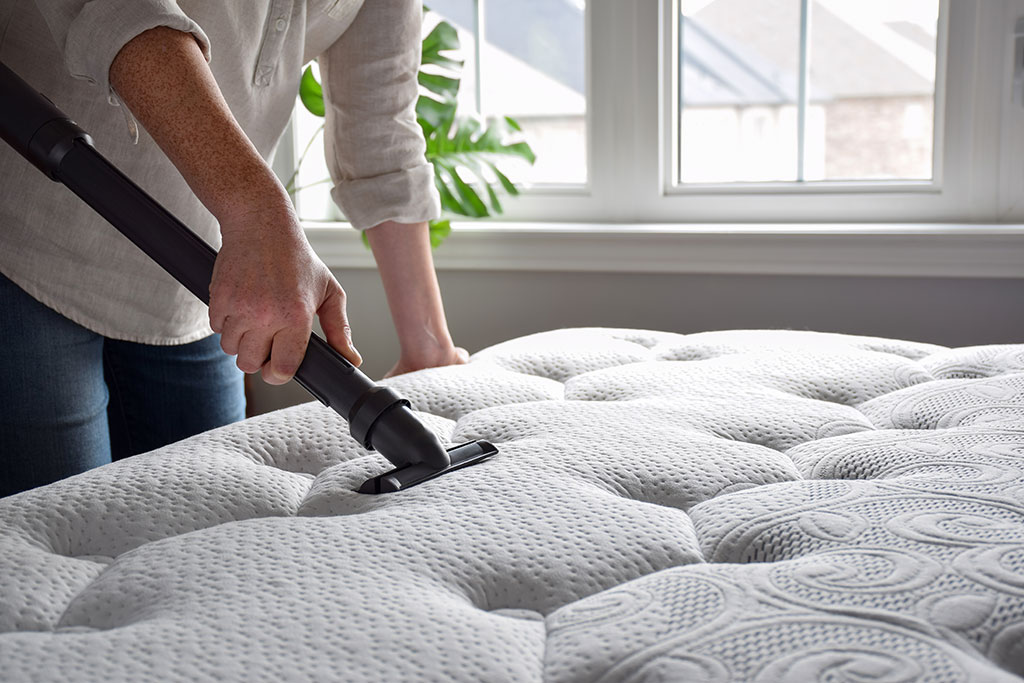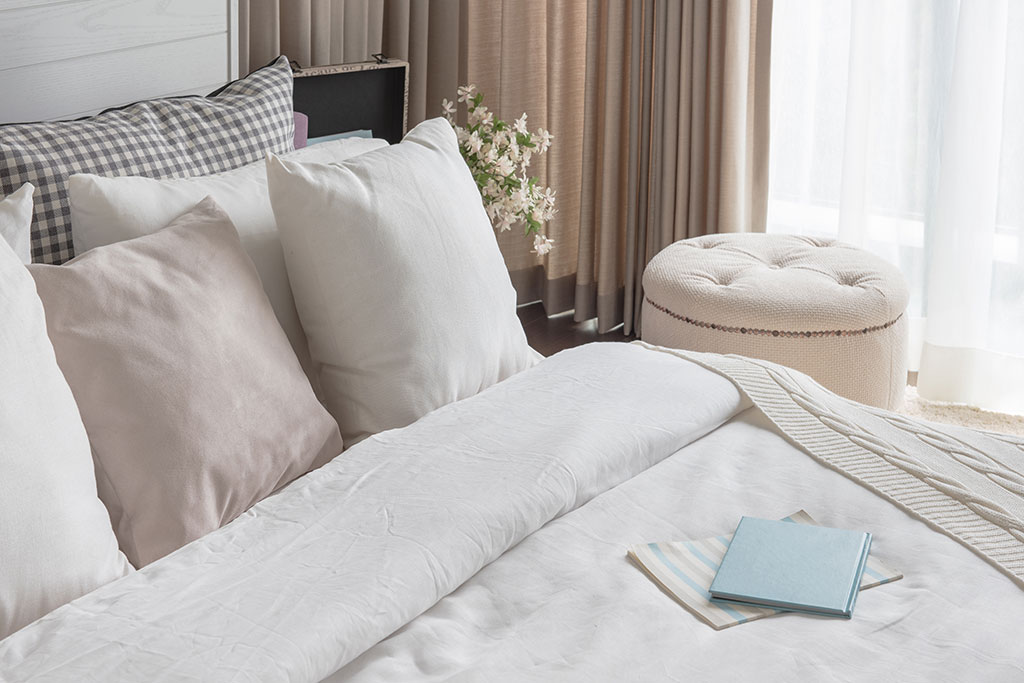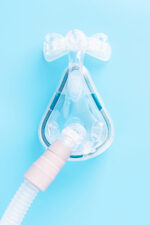Healthy Hygiene for Your Bed
Your bed is where you spend about a third (or even more) of your day, making it crucial for your well-being that you keep it maintained.
After all, a good night’s rest gives your body a chance to replenish its energy and restore its cells, muscles, and organs, and a healthy sleeping environment is a key factor in your ability to achieve that. However, even if your mattress and bedding look clean, they can harbor microscopic germs and allergens like pollen, mold spores, and dust mites, which can potentially trigger health issues and, in turn, disrupt your sleep.
The good news is that getting your bed spick-and-span isn’t as difficult as it may seem. Here are a few simple steps you can take to make sure that it remains a thoroughly clean and healthy haven.
Wash your bedding
During sleep, you sweat and shed dead skin cells, which can mix with the dust and other allergens in your home and accumulate over time. The best way to mitigate this buildup is to launder your pillowcases, sheets, and comforter once a week. If washing your comforter that frequently is a hassle, consider using a top sheet underneath it to prevent direct contact between your skin and the comforter, allowing you to wash it once or twice a month. You could also get a duvet cover, extending the time between washings to up to a year. (Just make sure to still launder the top sheet or cover on a weekly basis; the latter can be done every two to three weeks if you use both.)
To maximize dust mite removal, wash and dry your bedding on the hottest settings it can tolerate, double-checking any care tags first since hot water can damage some delicate fabrics. Also adhere to the detergent type and drying instructions to help your bedding continue to look its best.

Protect your pillows and mattress
Contaminates can accumulate on your pillows and mattress as well, but you can prevent this by putting protectors on them. With pillow protectors, which go under your pillowcase, you should only need to wash your pillows about three times a year while washing the covers themselves monthly. Be sure to check the care instructions for your pillows, especially if they’re made of foam or down feathers that may require gentle handling. It’s also best to launder your pillows in pairs to avoid throwing your machine off balance.
As for your mattress, consider encasing it in a waterproof protector. This is especially important if you occasionally eat or drink in bed or allow young children or pets to sleep with you. Additionally, rotating your mattress every few months may help extend its lifespan.

Vacuum your mattress
Just like other surfaces in your home, your mattress can gather dirt and allergens, so it’s a good idea to vacuum it at least once a month. Simply remove your bedsheets and use your vacuum’s upholstery tool or an attachment with a stiff brush to dislodge any contaminants clinging to your mattress. And don’t forget to remove dust from under your bed with your vacuum’s hose and wipe down the bedframe with a microfiber cloth or damp rag.

Ventilate your sheets
Normal perspiration can dampen your sheets, creating an unhealthy sleep environment, especially since dust mites flourish in such conditions. To combat this, pull your sheets back after getting up, allowing them to air out for at least thirty minutes before making your bed. You could also run a dehumidifier in your bedroom to make it less inviting to those pesky critters.
Be selective with your linens
By choosing your bed coverings carefully, you can make laundering them a breeze. For instance, you could opt for cottonor microfiber sheets and blankets designed for easy maintenance. All you have to do is toss them in the washing machine at almost any temperature setting or spin speed, and you’ll be rewarded with soft, clean bedding in no time.

Once you establish a routine for cleaning your bedding, you’ll appreciate how comfortable and fresh it feels. You may even be inspired to find other ways to amplify your comfort, ensuring that you’re fully relaxed so you can drift off into a blissful sleep.


















